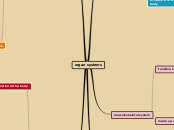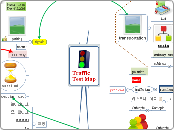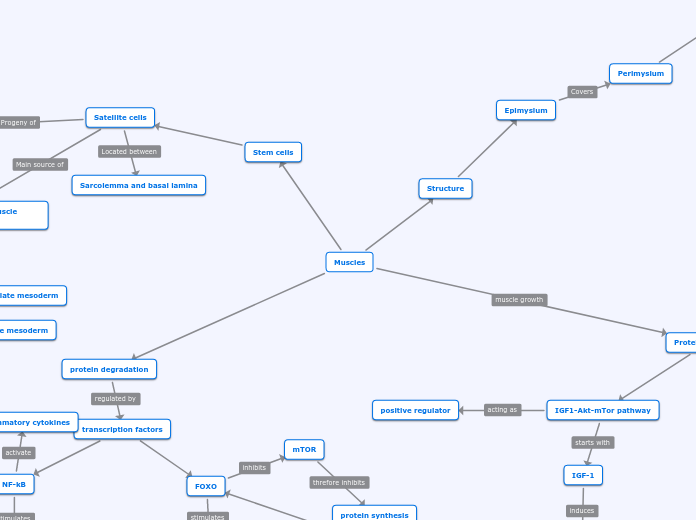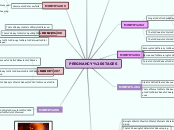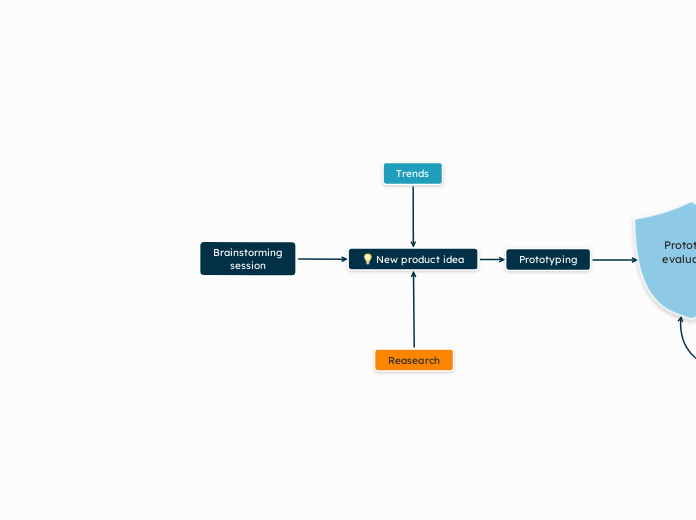made up of bundle of neurons surrounded by connective tissues
are covered by fatty material, prevents electric impulses from passing to wrong neurons
does not easily repair
sends information around the body by conducting electrical signals from one area to another
organ systems
circulatory system
blood
type of connective tissues that circulates throughout the body and consists of
platelets
they help the blood clotting
white blood cells
they recognize and destroy invading bacteria
make less than 1% of the blood's volume
plasma
protein-rich liquid that carries the blood cells along
red blood cells
make up half of the blood's volume
contains hemoglobin which makes it look red and allows them transport oxygen
blood vessels
capillaries
exchanges gases, wastes and nutrients between the blood and body tissues
veins
walls are not as thick because it takes blood to the heart, low pressure level
arteries
thick walls because it is pumped from the heart with high pressure
heart
pumps the blood to the blood vessels
connective tissues
nerve tissues
covered by a smooth layer of epithelial tissues from outer and inner surface of the heart
outer: reduces damage caused by friction when the lungs expand
inner : to help the blood flow freely
cardiac muscle tissues
they all contract, at the same time in each part of the heart, moving the blood around
transports enzymes to the kidney
regulate body temperature and transport white-blood cells to disease areas
carry away wastes through the blood streams
move nutrients and gases to the cells
digestive system
the accesory organs
they help in the digestion process by supplying digestive enzymes
pancreas
produces insulin, which helps regulate the concentration of glucose in blood
liver
produces bile, which is delivered into the digestive tract, where it helps in digesting fats in food
the digestive tract
anus
its the end of the tract. From there, the remaining solid matter is secreted as feces
intestine
its the part of the digestive tract that's between stomach and anus
contains smooth muscles
has many blood vessels
its liningcells, goblet cells, produces mucus
its parts
large intestine
its lining absorbs water from indigestible food
1.5 m long and larger in diameter than small intestine
small intestine
most digestion occurs
then nutrients diffuse through its wall to the blood stream to be delivered to the cells
6 m long and narrow
stomach
it holds food and churns it by
nerves that signal when we have enough food
smooth muscle tissues that contract to mix the contents
enzymes produced by tissues lining it
esophagus
it's made up of smooth muscle tissues, which are controlled by nerve tissues
contract and relax to move food down to the stomach
food is then swallowed to it, it connects the mouth to your stomach
mouth
starts the process of breaking food
chemically
with enzymes (saliva ) that break down the particles of food, which are made by epithelial tissues lining the mouth
mechanically
with the teeth and tongue
is the organ system that takes food in, digests it and gets rid of the remaining wastes
nervous system
nerves
made up of neurons, it sends information around the body by conducting electrical signals from one area to another
peripheral nervous system
are ended by sensory reseptors
it receives input from environment and sends it through the nerves to the brain.
nerves that carry signals between the central one and the rest of the body
nerves that control the voluntary muscles
nerves that carry information from the sensory organs to the brain
nerves that control the involuntary function
central nervous system
its supported by bones to protect it
spinal cord
protected by the spine
brain
protected by the skull
surrounded by fluids, it helps protect from injury, transport chemicals and removes wastes produced
communication and coordination of the body activities
senses the environment and carries messages of the appropriate response
musculoskeletal system
made up of
skeleton
cartilage
provides a strong, flexible and low-friction support for bones
dense connective tissues, made of special cells
ligaents
are tough and elastic, hold bones together
bones
are hard and dense, have canals inside them that contain nerves and blood vessels
muscles
movement
the two ends of the muscle are attached into two different bones by tendons
when muscles contract they exert a force and pull on or both the bones its attached to
they work in opposite pairs, muscles can pull but not push
are consisted of many long cells called muscle fibers that contain specialized proteins
these proteins cause muscles contract when signaled by the nerves from the brain
when it contracts, it becomes shorter and thicker
skeletal (involuntary)
smooth (voluntary)
supports the body, protects delicate organs, and moves the body
respiratory sytem
function in the body
exchanges gases between the body and the environment, oxygen into the body and carbon dioxide out of it in the process of diffusion
gas exchange
its the process of gases exchange between the alveoli and the blood stream
after the air is in the alveoli it has to be delivered to all body parts, it has to go to the circulatory system by entering the blood stream
the alveoli has thin walls, so gases diffuse only through to thin walls, alveoli and blood vessel
breathing
you can control your breathing but for a short period of time, soon the involuntary system takes over again
it is controlled by parts of the brain that send signals if the carbon dioxide concentration is high in the blood to the diaphragm
the breathing rate increases an heart beats faster which decreases the CO2 in the blood
muscles between the ribs, that move it, and the diaphragm change the lungs volume which changes pressure inside the lung and allows fresh air into and out the alveoli
inhaling
volume increases
muscles contract
diaphragm flattens
air into the lungs
exhaling
volume decreases
muscles relax
diaphragm dome-shaped
air out of the lungs
parts
lungs
its the muscle that has the alveoli, its increasing and decreasing volume changes the pressure inside them, in this way fresh air flows into ad out the alveoli
alveoli
tiny sacs of air in the lungs that are surrounded by capillaries, gas exchange happens there
bronchi
its the part of the trachea when it splits into to parts
trachea
air goes down it, it is supported by rings of cartilage, special type of connective tissues, that keeps it open and allows the air to flow
pharynx
air passes through it
mouth and nose
the air enters through them
